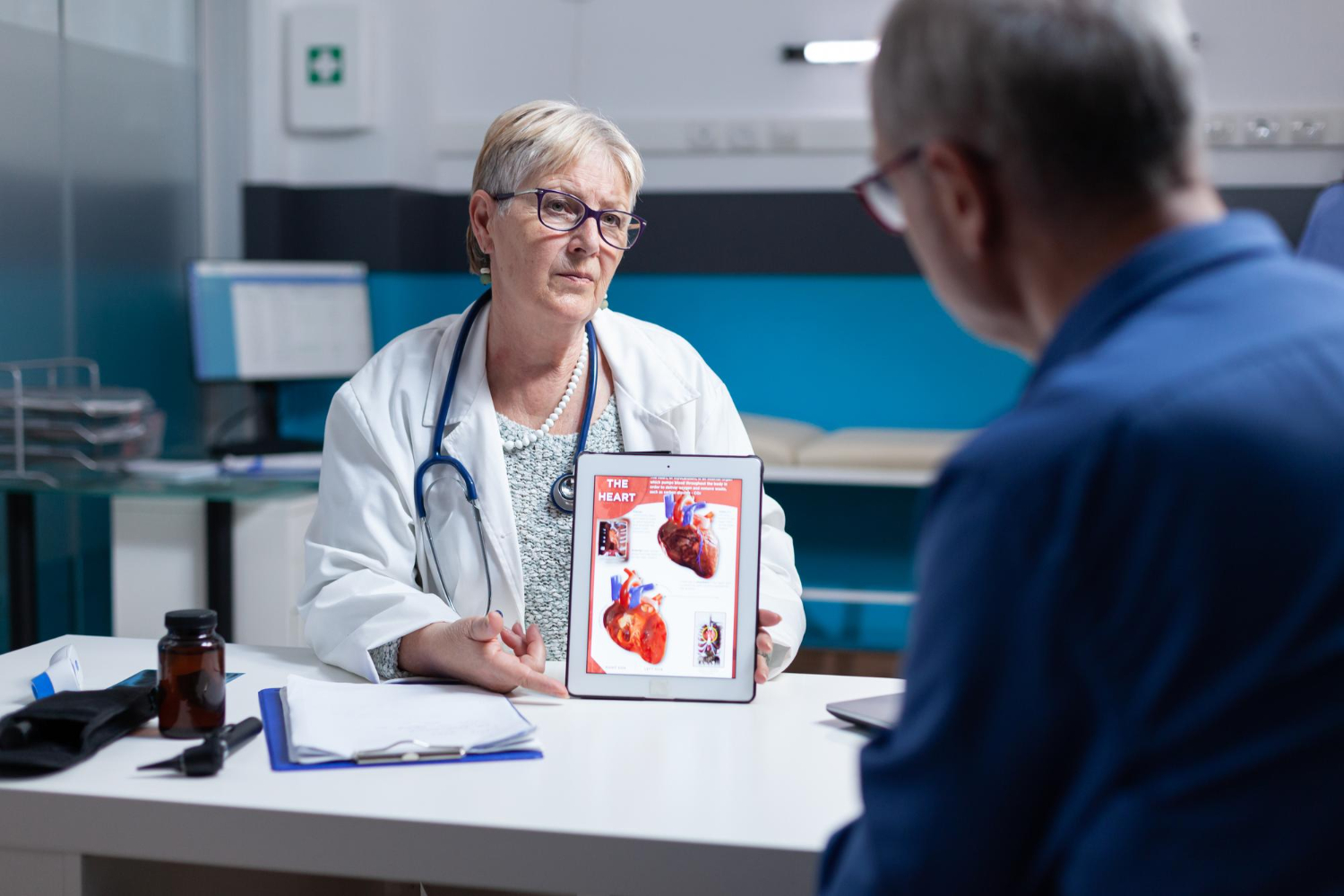
Table of Contents
- Introduction
- Study Overview
- Implications for Cardiovascular Risk Stratification
- Integration into Clinical Practice
- Further Research and AI Applications
- FAQs
Introduction
Routine mammographic screenings are generally utilized for the detection of breast cancer. However, emerging research, including the study presented by Dr. Jessica Rubino from Dartmouth Hitchcock Medical Center, proposes that these screenings could also serve a dual purpose by providing critical insights into a patient’s risk of cardiometabolic diseases through the assessment of axillary lymph nodes.
Study Overview
Research Background and Methodology
The study meticulously analyzed data from women aged 40–75 who underwent routine screening mammograms between January 1, 2011, and December 31, 2012. These participants were selected based on their lack of known coronary artery disease but had available cardiovascular risk factors recorded in their electronic medical records (EMR) within one year of their index mammogram.
Key Findings
– Lymph Node Measurements: The study involved detailed measurements of the largest visible axillary lymph node in each breast, specifically in the mediolateral oblique view. Fat-enlarged lymph nodes were identified as those larger than 20 mm due to an expanded fatty hilum.
– Association with Cardiometabolic Risks: The presence of fat-enlarged lymph nodes was significantly correlated with a higher prevalence of CVD, T2DM, and HTN. Additionally, these nodes were associated with increased risks of major adverse cardiovascular events (MACE) and higher low-density lipoprotein (LDL) cholesterol levels.
Implications for Cardiovascular Risk Stratification
Enhancing Current Models
The study’s results suggest that the inclusion of fat-enlarged axillary lymph nodes into existing CVD risk models could markedly improve the accuracy of cardiovascular risk stratification. This could potentially enable clinicians to identify women who may benefit significantly from targeted CVD risk reduction strategies and more intensive assessments, such as coronary artery CT scans.
Integration into Clinical Practice
Cost-Effective Diagnostic Enhancement
Incorporating the evaluation of axillary lymph nodes into routine mammographic screenings represents a cost-effective opportunity to identify women at an elevated risk of cardiometabolic diseases early. This method utilizes already established screening protocols, thereby avoiding additional costs and tests.
Clinical Recommendations
Based on these findings, clinicians might consider a more detailed examination of mammographic images for signs of fat-enlarged lymph nodes as part of the assessment process for cardiovascular and metabolic risks in women, particularly those in middle to older age brackets.
Further Research and AI Applications
Expanding the Research Scope
Dr. Rubino highlighted the need for additional studies, particularly those employing advanced technologies such as artificial intelligence (AI). AI could be instrumental in refining the evaluation of mammographic images of fat-enlarged lymph nodes and their correlation with cardiometabolic health.
Potential for AI Integration
The integration of AI into mammographic analysis could lead to more accurate, faster, and more consistent evaluations of fat-enlarged lymph nodes. This could help in scaling the approach for broader use and in various healthcare settings, potentially leading to better preventive health measures across populations.
FAQs
Q1: What are fat-enlarged lymph nodes?
A1: Fat-enlarged lymph nodes are lymph nodes that appear enlarged on mammograms due to an increased fatty hilum, which may indicate underlying health risks including cardiovascular and metabolic diseases.
Q2: How can mammograms predict cardiovascular risk?
A2: Mammograms can reveal fat-enlarged lymph nodes, which have been associated with higher risks of cardiovascular diseases, diabetes, and hypertension, serving as potential early indicators of these conditions.
Q3: What are the benefits of integrating lymph node assessments in mammograms?
A3: This integration offers a cost-effective, non-invasive method to assess cardiovascular and metabolic risks, enhancing early detection and potentially leading to better management and outcomes.
Q4: What future research is necessary?
A4: Future research should focus on validating these findings in larger, more diverse populations and exploring the role of advanced technologies like AI in the analysis and interpretation of mammographic findings.




